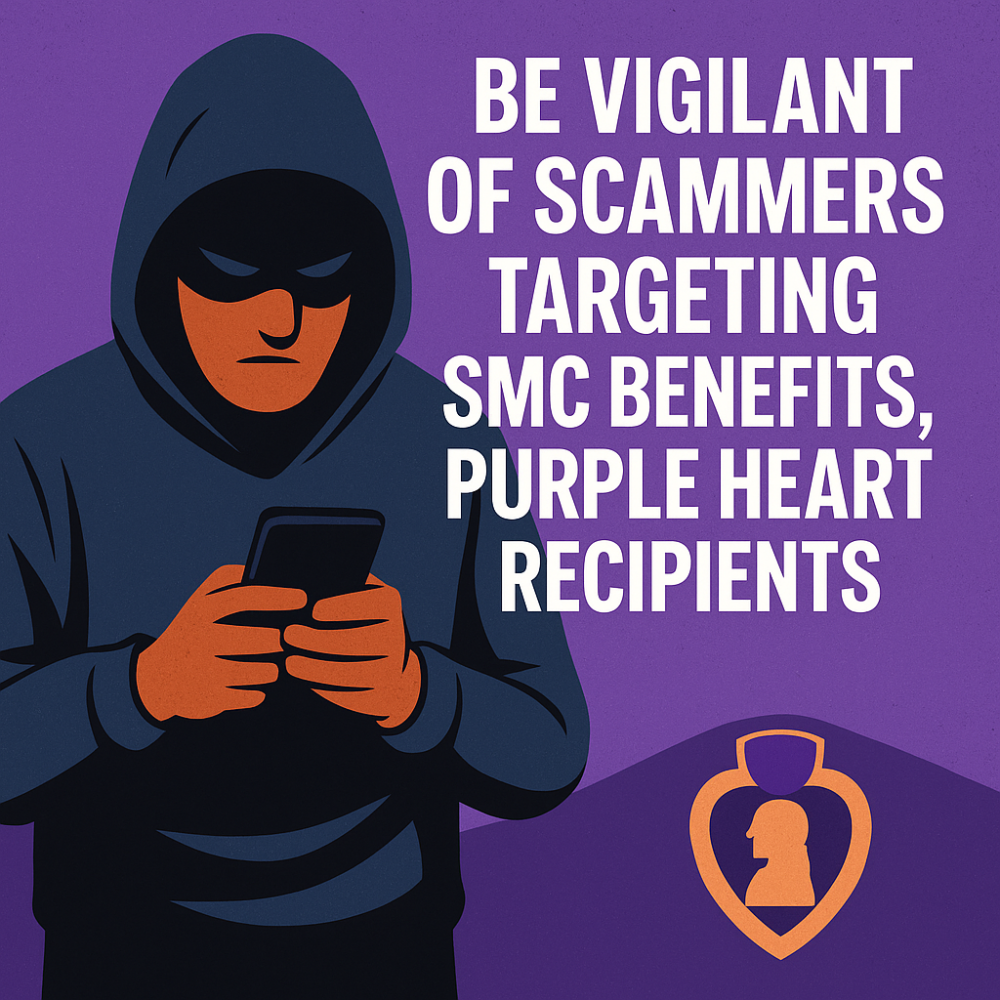Recognizing and Celebrating Achievements and Milestones Remotely
The importance of recognition in the workplace cannot be overstated.
Whether it’s a significant project milestone or an individual’s work anniversary, acknowledging achievements motivates employees, fostering a sense of belonging and appreciation.
When teams operate in physical workspaces, spontaneous claps, surprise cakes, or even a pat on the back are all part of the norm.
However, in a remote setup, these gestures need reimagining.
Here’s how organizations can effectively recognize and celebrate milestones in a digital environment.
1. The Significance of Remote Recognition
- Motivation Boost: Recognizing efforts remotely confirms that every contribution, regardless of location, holds value. This boosts morale and motivation.
- Employee Retention: Employees who feel valued and appreciated are less likely to seek opportunities elsewhere.
- Enhanced Productivity: A recognized employee is more likely to replicate their high performance and maintain their commitment.
2. Digital Tools for Recognition

- Recognition Platforms: Platforms like ‘Achievers‘ and ‘Bonusly’ allow peers and managers to give kudos or points that might be redeemable for rewards.
- Virtual Certificates: Simple yet effective, digital certificates can be created and shared, celebrating various achievements.
3. Virtual Parties and Gatherings
- Zoom Parties: Whether it’s to celebrate a project’s completion or a team member’s birthday, virtual parties can be a fun and engaging way to celebrate. Enhance it with themed backgrounds or interactive games.
- Digital Escape Rooms: These are becoming popular as team-building exercises and can be used to celebrate milestones too.
4. Tangible Rewards with a Personal Touch
- Care Packages: Send curated packages with items like gourmet snacks, self-care products, or company merchandise to acknowledge milestones.
- Gift Cards: While this might seem impersonal, allowing individuals to choose their reward adds a touch of freedom and can be very appreciated.
5. Social Media Shoutouts
- Company Channels: Celebrate achievements by giving shoutouts on the company’s LinkedIn, Twitter, or other social media platforms. This not only acknowledges the employee but also builds the company’s brand.
- Newsletter Features: Monthly or quarterly newsletters can spotlight exceptional performances or milestones.
6. Virtual Wall of Fame
- Dedicated Space: Much like a physical board showcasing the ‘Employee of the Month,’ create a digital ‘Wall of Fame’ on your intranet or team site, updating it regularly.
7. Host Webinars or Knowledge-Sharing Sessions
- Celebrate Expertise: For milestones like significant work anniversaries, encourage the member to host a webinar sharing their journey, experiences, and expertise with the team.
8. Personalized Video Messages
- Leadership Acknowledgment: Have leaders record a personalized thank-you video, highlighting the achievements and its impact. This personal touch can be deeply motivating.
- Team Messages: Collate video messages from team members into a celebratory montage for personal occasions like birthdays or anniversaries.
9. Digital Badges and Achievements
- Gamification: Much like video games offer badges for achievements, offer digital badges for various milestones that can be showcased on their profiles.
10. Scheduled Recognition Ceremonies
- Virtual Award Ceremonies: Schedule monthly or quarterly recognition ceremonies where awards are presented, and individuals or teams are spotlighted.
- Interactive Celebrations: Use interactive tools like polls, quizzes, or Q&A sessions centered around the achievements to engage the team during these ceremonies.
11. Feedback and Continuous Improvement
- Survey the Team: Periodically, gauge what types of recognition resonate most. This feedback helps tailor your recognition initiatives to be more impactful.
Conclusion
While the remote working model does present challenges in terms of how we traditionally recognize achievements, it also offers a plethora of new and innovative ways to do so.
The key is to ensure that recognition are heartfelt, genuine, and resonate with the individual or team being celebrated.
It’s not about grand gestures, but the sentiment behind them.
In a digital realm, where human connections can sometimes feel strained, these moments of acknowledgment are vital in maintaining team spirit, unity, and motivation.
Handling Conflicts and Ensuring Open Channels of Feedback
In any work environment, be it traditional or remote, conflicts and misunderstandings are inevitable.
The challenge with remote work is that the physical and emotional distance can often amplify misunderstandings.
Body language, a key component in communication, is missing, and messages can be misconstrued.
However, with open channels of feedback and a proactive approach to conflict resolution, remote teams can not only overcome these challenges but also build stronger, more resilient relationships.
1. The Nature of Remote Work Conflicts
- Misunderstandings and Miscommunication: Without the context provided by face-to-face interactions, written messages can be interpreted in ways they weren’t intended.
- Differing Time Zones and Schedules: Coordinating across different time zones can lead to frustrations, especially if one member feels they’re always compromising their schedule.
- Perceived Inequity: Team members might feel that their workload differs from others or that their efforts aren’t as recognized.
2. The Importance of Addressing Conflicts
- Productivity and Well-being: Unaddressed conflicts can hamper productivity and affect the mental well-being of team members.
- Team Cohesion: Letting conflicts simmer can create rifts within teams, affecting collaboration and team spirit.
3. Open Channels for Feedback

- Regular Check-ins: Scheduled one-on-one sessions between managers and team members can provide an opportunity to voice concerns before they escalate.
- Anonymous Feedback Tools: Platforms like ‘Suggestion Ox‘ allow team members to provide feedback without fear of backlash.
- Feedback Surveys: Periodic surveys can gauge team sentiment and identify areas of improvement.
4. Steps to Conflict Resolution
- Acknowledge the Conflict: Recognizing there’s an issue is the first step. Ignoring it can lead to bigger problems down the line.
- Open Dialogue: Create a safe space where team members can openly discuss their grievances. This could be a one-on-one meeting or, if relevant, a group discussion.
- Seek to Understand, Not to Respond: Listening with an intent to understand the root cause of the conflict rather than just formulating a response is crucial.
- Find Compromise: Work towards a solution that is agreeable to all parties involved.
- Follow-up: Once a resolution is found, ensure to revisit the issue after some time to check if the agreed-upon solution is working.
5. Fostering a Culture of Openness
- Regular Team Meetings: Apart from work updates, these can include segments where team members share any challenges they’re facing.
- Training Sessions: Conduct training sessions on effective communication, empathy, and active listening.
- Promote Respect and Understanding: Encourage team members to respect time zones, cultural differences, and individual work styles.
6. Utilizing Conflict as a Growth Opportunity
- Lessons Learned: Every conflict provides a lesson. It’s an opportunity to identify gaps in communication or processes and to rectify them.
- Strengthened Relationships: Successfully navigating through a conflict can strengthen mutual respect and trust.
7. Proactive Measures to Minimize Conflicts
- Clear Communication Protocols: Establish guidelines on how communication should be carried out, ensuring clarity.
- Setting Clear Expectations: Clearly outline roles, responsibilities, and deliverables, minimizing the chance of perceived inequities.
- Regular Team-Building Activities: Strengthen bonds among team members to build understanding and camaraderie.
8. The Role of Leadership in Conflict Resolution
- Modeling Behavior: Leaders should set the tone by demonstrating effective communication and conflict resolution.
- Being Approachable: Leaders should foster an environment where team members feel they can approach with concerns without fear.
9. Tools to Aid Conflict Resolution

- Mediation Platforms: In case of deep-seated conflicts, platforms like ‘TalkSpace‘ can provide professional mediation.
- Collaboration Tools: Tools that enhance collaboration can minimize misunderstandings. Platforms like ‘Miro’ can help visualize thoughts, ensuring everyone is on the same page.
10. Continuous Evaluation and Adaptation
- Feedback on Conflict Resolution: Once a conflict is resolved, gather feedback on the process. Was it effective? How can it be improved?
- Stay Updated: The remote work landscape is continuously evolving. Staying updated on best practices can provide insights into avoiding and addressing conflicts.
Conclusion
Remote work does come with its unique set of challenges when it comes to conflict resolution.
However, with the right strategies, tools, and a proactive approach, these challenges can be turned into opportunities for growth and development.
By fostering a culture of openness and understanding, teams can not only address conflicts effectively but also build stronger, more resilient relationships.
FAQ
How do you resolve conflict in a remote team?
Conflict in remote teams can be resolved by promoting open communication, active listening, understanding differing perspectives, finding common ground, and involving a mediator if necessary.
How do you demonstrate conflict resolution skills?
Demonstrate conflict resolution skills by staying calm, empathizing with others, addressing issues directly, seeking solutions, and showing a willingness to compromise.
What are the 4 steps of conflict resolution?
Conflict resolution typically involves identifying the issue, listening to all sides, finding solutions collaboratively, and reaching an agreement beneficial to all parties.
What is the most important key to resolving a conflict?
Effective communication is the most crucial key to resolving conflicts. It includes active listening, clear expression, and a willingness to understand others’ viewpoints.
What are the 3 C’s of conflict resolution?
The 3 C’s of conflict resolution are Communication, Collaboration, and Compromise. These principles guide conflict resolution by emphasizing open dialogue, working together, and finding middle-ground solutions.
What are the 5 conflict resolution skills?
Conflict resolution skills include active listening, empathy, problem-solving, communication, and emotional intelligence. These skills help manage conflicts effectively.
What is step 7 of conflict resolution?
Step 7 may vary in different conflict resolution models, but it often involves evaluating the resolution process, reflecting on lessons learned, and taking steps to prevent future conflicts.
What are the 6 principles of conflict resolution?
Conflict resolution principles include impartiality, neutrality, confidentiality, respect, understanding, and fairness. These principles ensure a fair and balanced resolution process.
What are the ABCS of conflict?
The ABCS of conflict management refer to Avoid, Be aware, Communicate, and Seek resolution. These guidelines help individuals address conflicts constructively.
What is the best way to manage conflicts while working remotely?
Managing conflicts in remote work settings involves using technology for effective communication, setting clear expectations, and promoting virtual team-building activities to foster understanding and trust.
How do you manage conflict virtually?
Managing virtual conflict requires addressing issues promptly, scheduling video meetings for discussions, and using collaborative tools for transparent communication and conflict resolution.
How do you strengthen a remote team?
Strengthening a remote team involves regular communication, setting shared goals, providing support, recognizing achievements, and fostering a sense of belonging through virtual team-building activities.




Leave a Reply